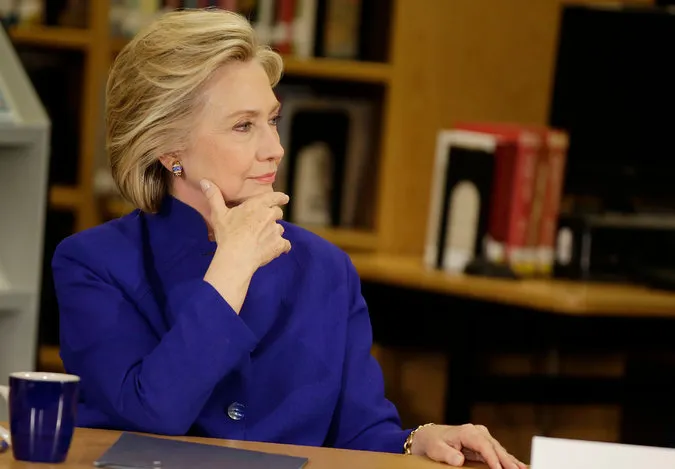The gold price has continued to drift lower as the no-taper rally of a week ago quickly fading into a distant memory. Whether the US Federal Reserve continues its economic stimulus program unchanged adding $85 billion a month, is really irrelevant. The Fed’s balance sheet will only hit the $4 trillion mark by the end of the year and that honestly is still nothing significant when you look at the money supply globally, since the dollar has become the de facto global currency. The Bank of Japan, European Central Bank, and the Bank of England, have all printed money and that is near $9 trillion added to the whole system.
Monetary expansion, has been the selling point behind the gold price since 2007. True, gold was trading at about $830 an ounce prior to Bernanke’s announcement of Q1 in November 2008. However, the assumption is clear that this is the one-dimensional relationship people point to. But is it really that simple?
Gold and the US dollar move in the opposite directions only during certain periods when all the stars line up so to speak. Gold’s perceived status as a hedge against inflation has no real long-term correlation beyond anything else. You could make the same argument for a loaf of bread. The gold price for the most part has failed to mirror monetary expansion on a long-term basis. The US National Debt stood at $1 trillion in 1980 when gold hit $875 and now with nearly $17 trillion, gold should be trading at $14,875.
It is clear that there is no real long-term correlation to this simple one-dimensional idea of gold tracking monetary expansion. This claimed relationship has now broken down even though the printing presses haven’t stopped and this is only causing more confusion that is at the level of the Japanese having to face the fact that the Emperor was not the sun of God when he lost to the United States.
There is no single relationship that exists in anything. Capital inflows can be caused by an economic decline whereby domestic people sell foreign assets because they need money home. Capital inflows can also take place by foreign capital pouring into a country for opportunity. It all depends on a mix of trends on a global basis – not a single one-dimensional idea.
Gold rose NOT because of monetary expansion as is clear right now. Gold rose because of the perceived risk in government irrespective of the quantity of money. That is what will cause gold to rise – the realization that government is in trouble. This has NOTHING to do with the quantity of money, hyperinflation, or QE1-10. It has to do with the HEDGE against the sustainability of the economic structure. This is what is crumbling. So for gold to rally on a sustained basis, forget money supply. It is a matter of CONFIDENCE in government surviving in the face of a collapse in socialism.










